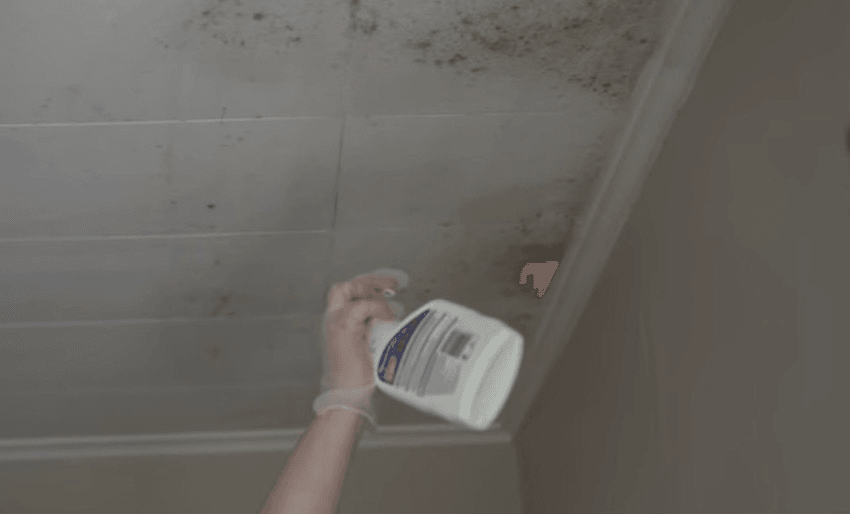The government today announced a raft of measures aimed at making rental homes warmer, drier and healthier.
If there’s one thing tenants enjoy more than totting up how much of their wages are going to fund an extension to their landlord’s Waiheke holiday home, it’s enumerating all the highly specific ways in which their own rental home sucks. New Zealand’s rental housing stock is a national shame, an urgent issue that affects everyone from renters to health providers to the social agencies struggling to find accommodation for some of the country’s most needy citizens.
Here at The Spinoff we’ve been so exercised by the dire state of rental housing that we not only dedicated an entire week to the myriad ways renters are being screwed by their landlords, we helped make two actual documentaries about the issue. The first, Unsettled, about the far-reaching effects of the housing crisis, can be watched here; the second, on the extremely unfunny consequences of living in a mould- and damp-infested home, is here:
Today, finally, comes some good news. The government has announced new minimum requirements for heating, insulation, ventilation, moisture and draught-stopping in residential rental properties. These are the headline changes:
- All rental homes will be required to have a heater that can heat the main living area to 18 C.
- Rental homes must have ceiling and underfloor insulation that either meets the 2008 Building Code insulation standard, or (for existing ceiling insulation) has a minimum thickness of 120mm.
- Kitchens and bathrooms in rental homes will be required to have extraction fans or rangehoods.
- Where rental homes have an enclosed subfloor space property owners will need to install a ground moisture barrier to stop moisture rising into the home
- The standards also reinforce existing law that says landlords must have adequate drainage and guttering to prevent water entering the home.
- Draughts that make a home harder to heat will have to be blocked.
While few would argue against warmer and drier homes being a Good Thing, some – like National housing spokesperson Judith Collins – are already warning the stricter rules will only exacerbate the housing crisis.
The unintended consequences will be further rent increase and shortages of rental housing as the State Waiting List now tops 10,000. Five years given for rental properties to reach new insulation and heating standards. https://t.co/1TOSnajkHv
— Judith Collins (@JudithCollinsMP) February 23, 2019
The regulations are expected to become law by mid-2019. However, if you’re a tenant hoping to have a drier home before the next America’s Cup don’t hold your breath. Housing minister Phil Twyford says the standards must strike a balance between “[not imposing] an unreasonable burden on landlords and industry [and] being mindful that renters need to have warmer and drier homes as soon as possible.” What this means in practice is that enforcement of the rules won’t even begin for more than two years, and landlords will have five years to become compliant in full. Here’s the compliance timeline:
- 1 July 2021 – Private landlords must ensure that their rental properties comply with the healthy home standards within 90 days of any new tenancy.
- 1 July 2021 – All boarding houses must comply with the healthy home standards.
- 1 July 2023 – All Housing New Zealand houses and registered Community Housing Providers houses must comply with the healthy home standards.
- 1 July 2024 – All rental homes must comply with the healthy home standards.
So wring out your condensation-sponges into champagne glasses and raise them high – warmer, drier homes are on their way… some day.
